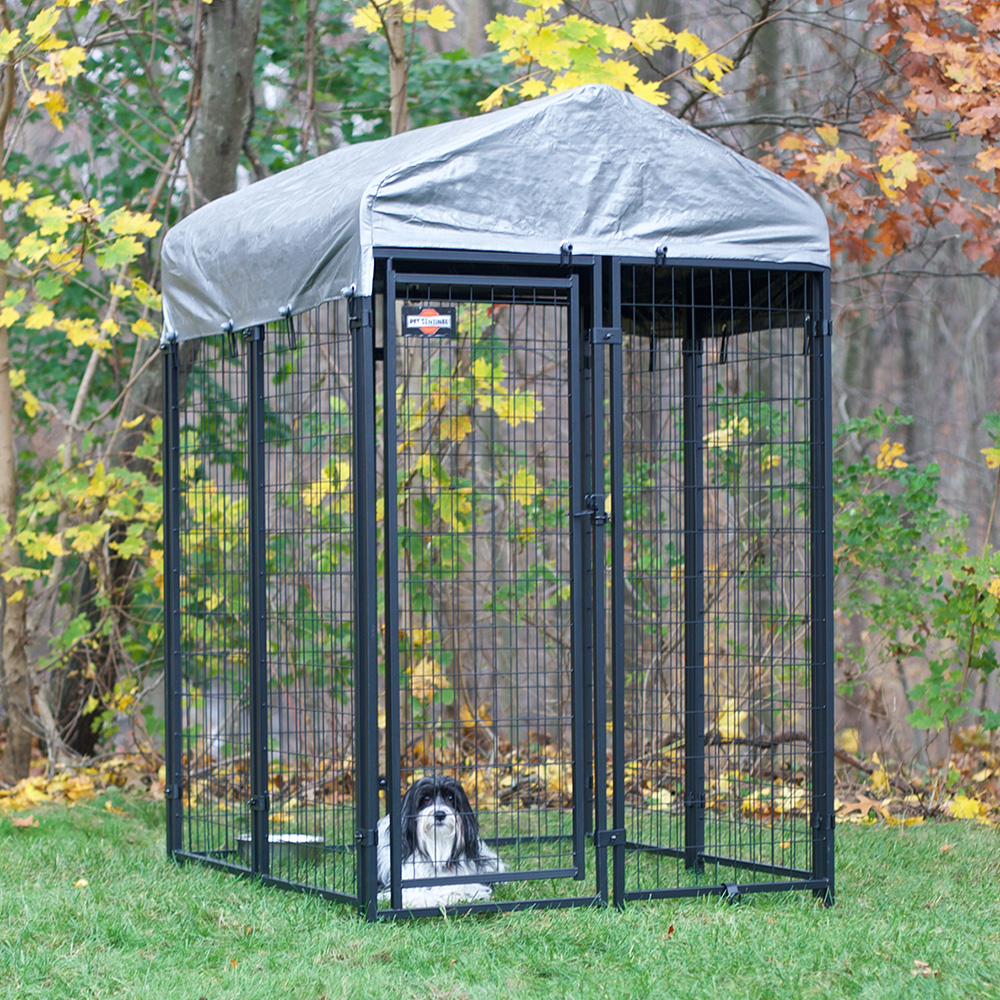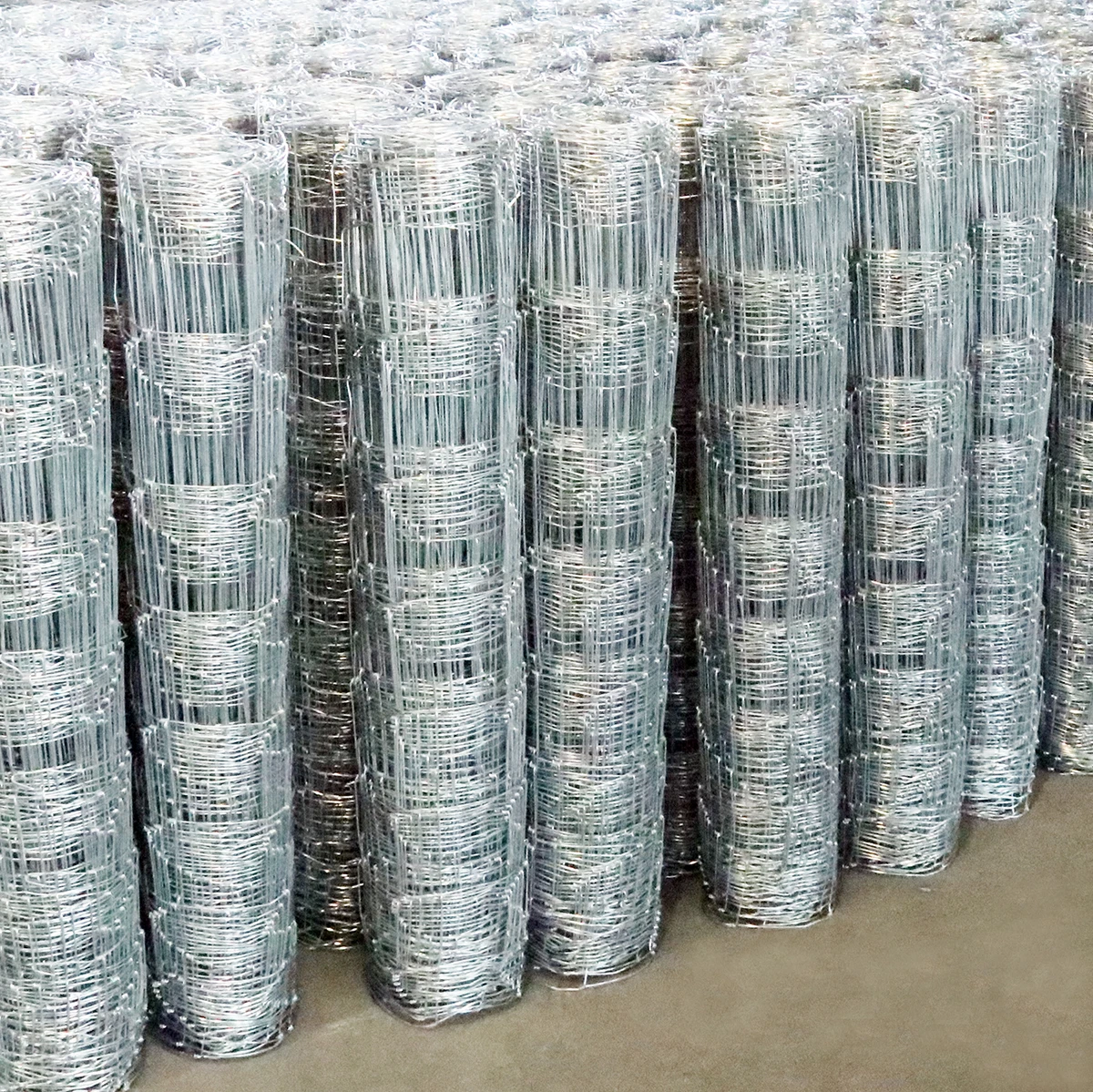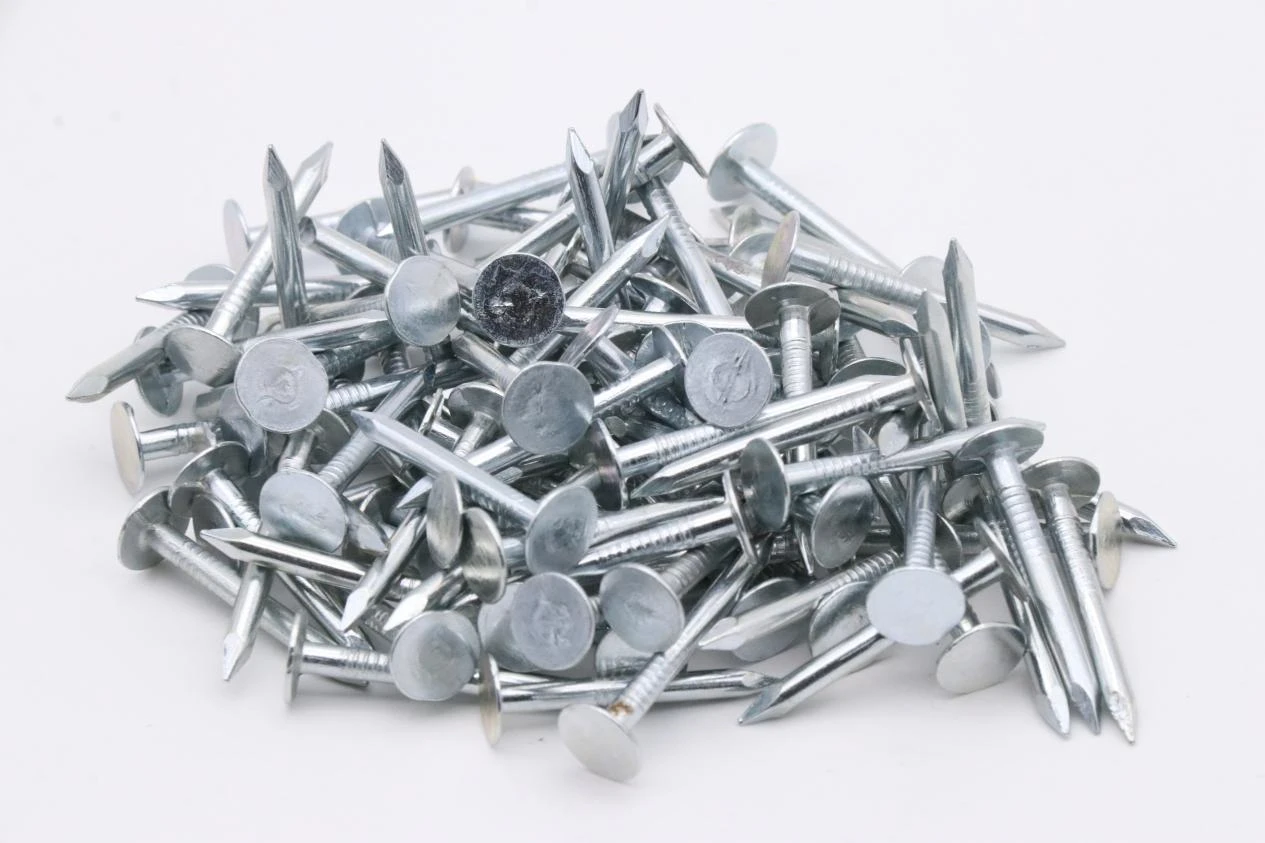Guide to Installing Steel Edging for Your Landscape Projects
Ago . 21, 2024 09:14
Installing Steel Edging A Comprehensive Guide
Steel edging is an excellent choice for landscape design and garden aesthetics. It provides a durable, long-lasting solution for defining garden beds, pathways, and lawns. Whether you’re a seasoned gardener or a DIY novice, installing steel edging is a manageable project that can significantly enhance the visual appeal and functionality of your outdoor space. In this article, we'll guide you through the process of installing steel edging, covering tools required, preparation steps, and the installation process itself.
Tools and Materials Needed
Before you start, gather the necessary tools and materials. You'll need
- Steel edging strips (available in various heights and lengths) - Steel stakes or spikes - A hammer or mallet - A measuring tape - A garden spade or shovel - A level - Safety gloves and goggles - A landscape fabric (optional) - Soil or mulch for backfilling (optional)
Having all these tools at hand will ensure a smoother installation process
.Preparing the Site
The first step in installing steel edging is to prepare the area where you want to install it. Begin by outlining the desired shape of your edging with a garden hose or string. This will help you visualize the layout and determine how much steel edging you will need. Once you’re satisfied with the shape, use a measuring tape to mark the locations with stakes or flags.
Next, clear the area of any grass, weeds, and debris. You may need to use a spade to dig out any sod along the marked line. Make sure the top of the edging will be level with the surrounding ground to prevent tripping hazards and to ensure aesthetic appeal. You can also lay down landscape fabric if you want to prevent weeds from growing through the area you’re edging.
installing steel edging

Installing the Steel Edging
Once the site is prepared, it’s time to install the steel edging. Start by placing the steel strips along the marked line. Make sure the edging is positioned in such a way that the top edge is level with the ground. If the steel edging is taller than desired, you may need to dig a bit deeper before proceeding.
With the edging in place, use the hammer or mallet to drive the steel stakes into the ground. Position the stakes approximately every 4 to 6 feet for stability, ensuring they are secured at least half the height of the edging strip into the ground. This will provide the necessary support to keep the edging upright and prevent it from shifting over time.
As you install each section of the edging, check for levelness. After placing all the steel strips, step back and review the entire layout to ensure it flows smoothly.
Finishing Touches
After the steel edging is installed, you can backfill the area with soil or mulch to create a clean transition between the edged area and your lawn or garden. This step not only improves the appearance but also helps keep the edging firmly in place.
Lastly, cleanup any debris from the installation process, and enjoy the new, defined spaces in your landscape. Your steel edging will not only enhance the visual appeal of your garden but also protect your plants, prevent soil erosion, and keep grass from invading your flower beds.
Conclusion
Installing steel edging can transform your garden or landscape design from ordinary to extraordinary. With a bit of planning and the right tools, you can create clean lines and defined spaces that highlight your planting areas and pathways. As a durable and low-maintenance option, steel edging is a worthwhile investment in your outdoor space, ensuring that your garden looks polished year-round.









 Unity
Unity Creation
Creation Challenge
Challenge Contribution
Contribution










